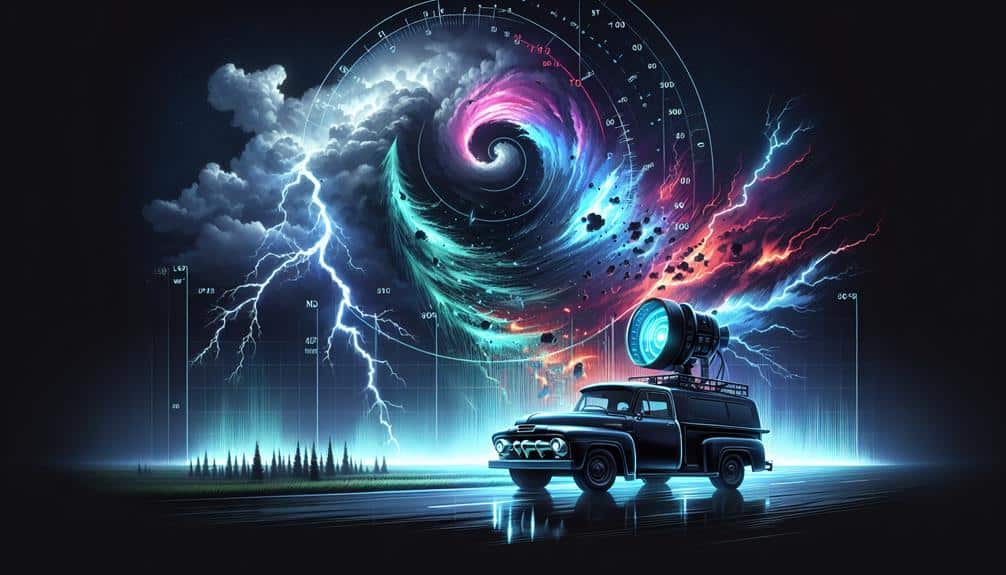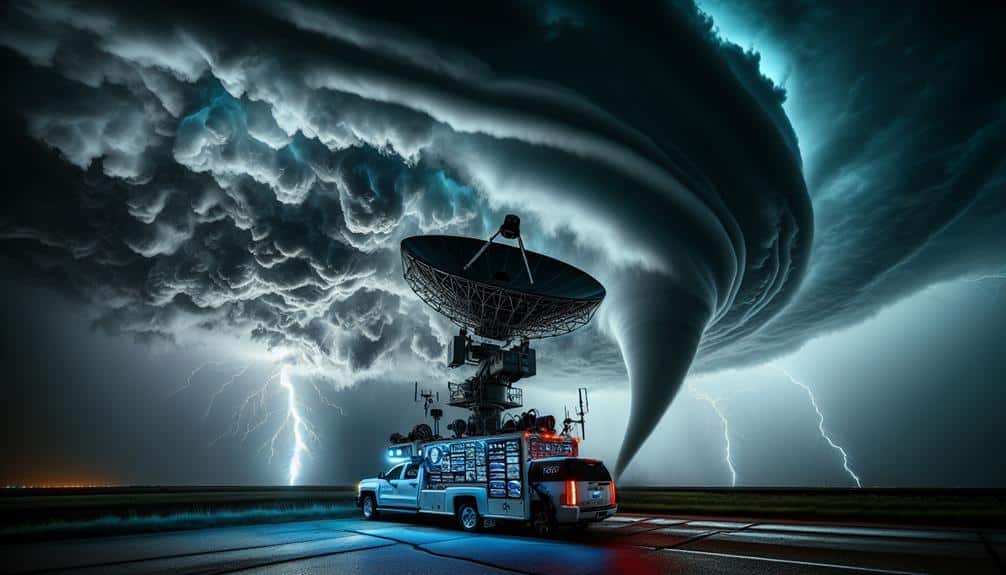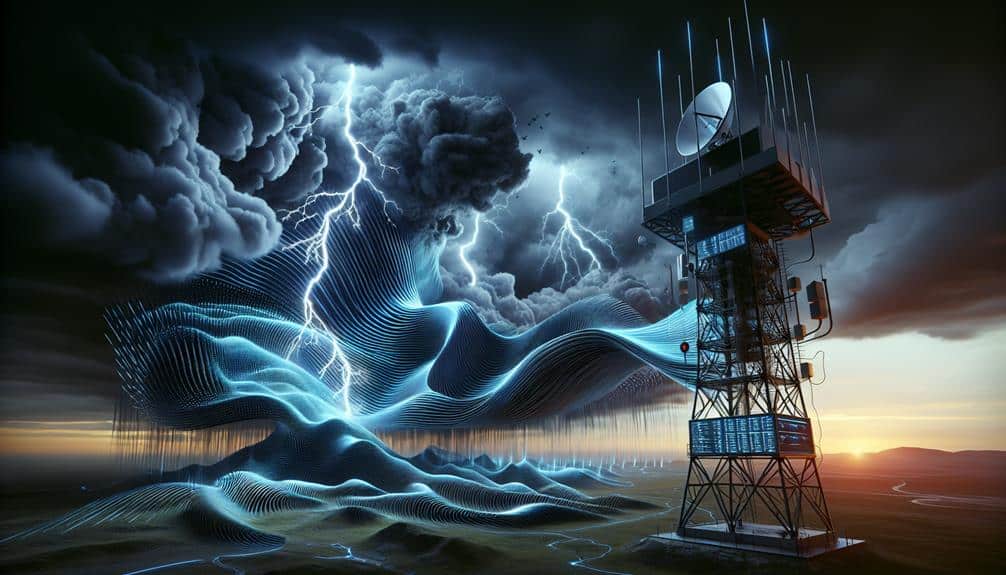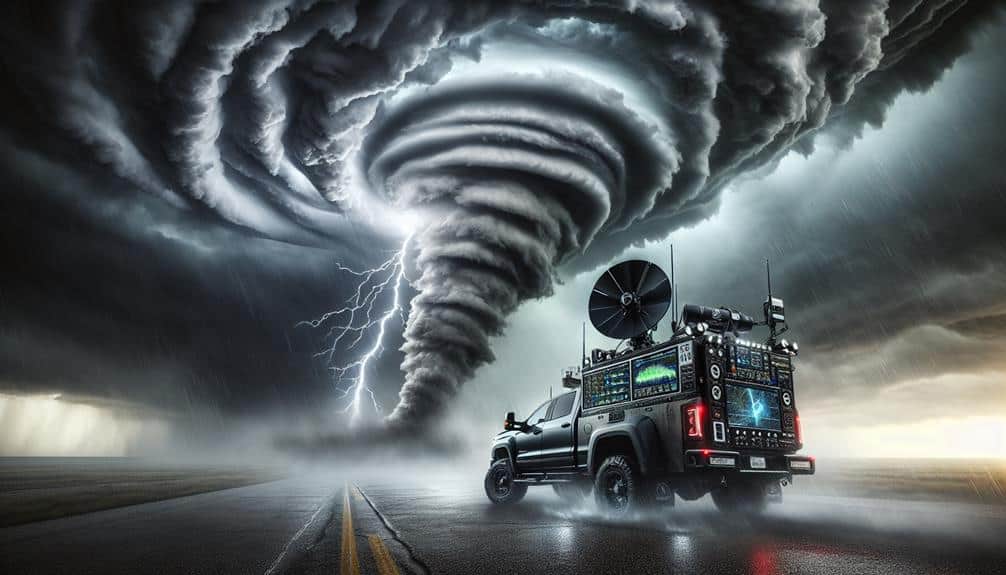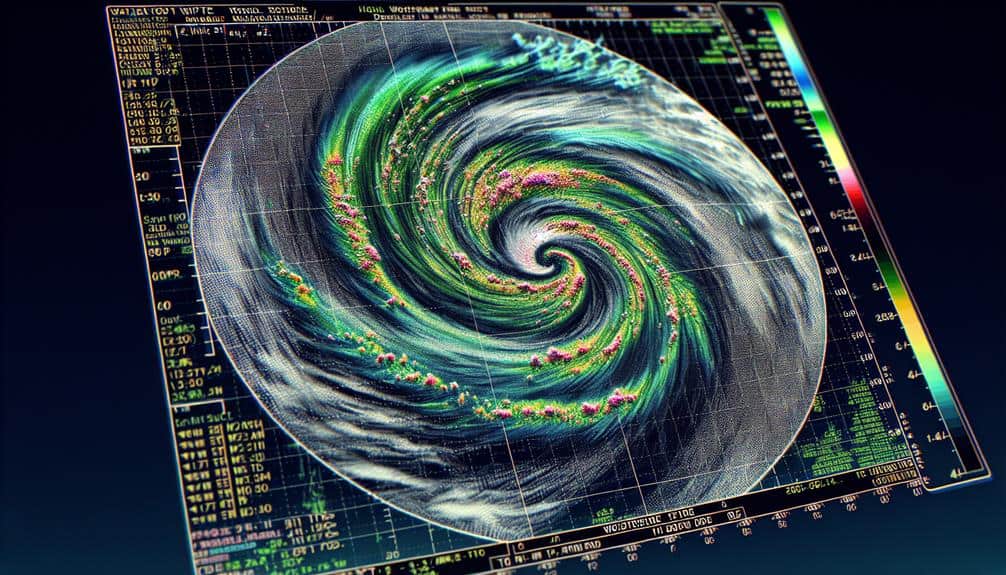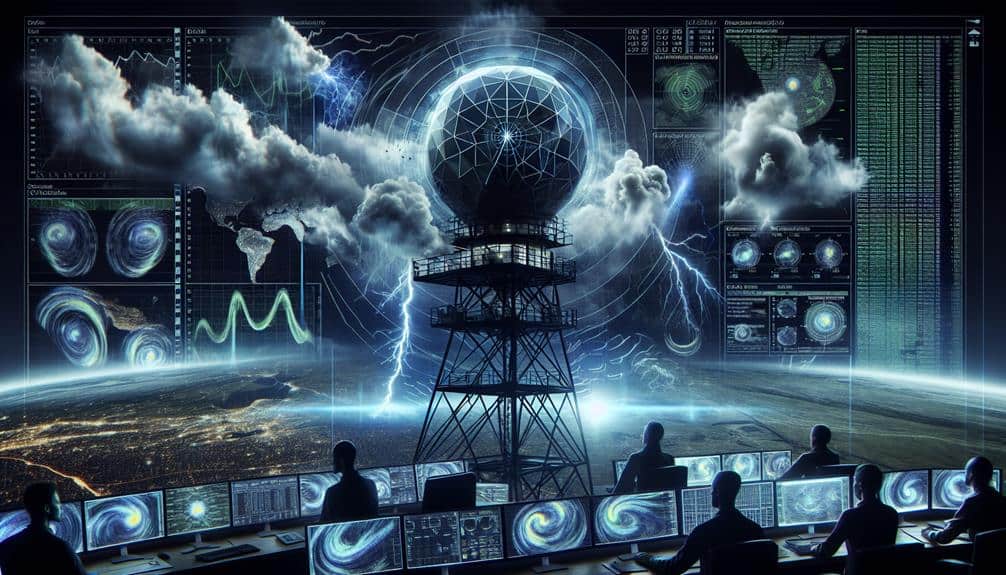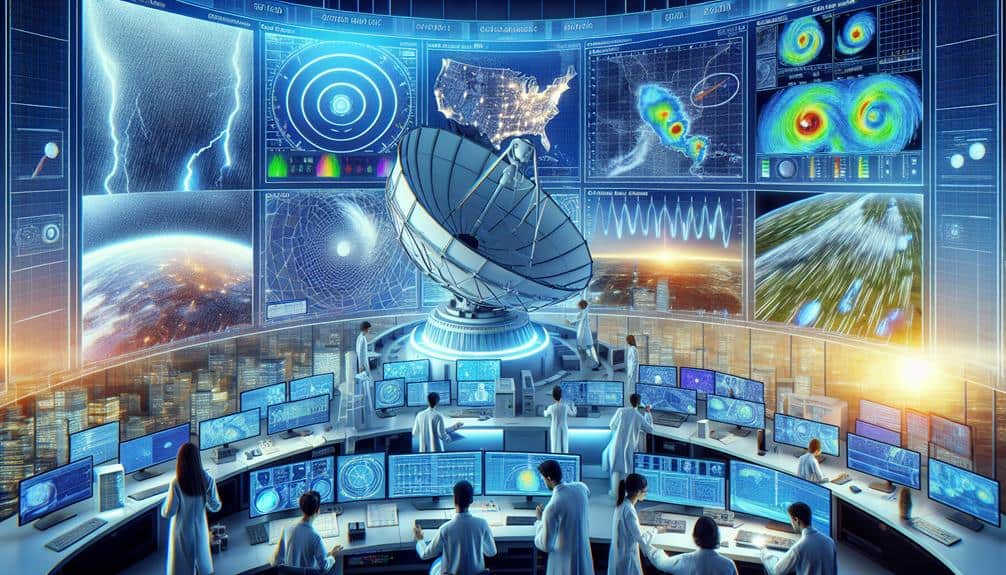Top 10 Tips for Storm Chasers Using Doppler Radar
In storm chasing, we rely on Doppler radar to measure storm velocity and location in real-time. Selecting compact, rugged, and high-resolution radar systems enhances mobility and accuracy. Proper setup and calibration are essential for stability and clear data. We interpret velocity patterns, reflectivity values, and storm structures to identify severe weather indicators like mesocyclones, hook […]
Top 10 Tips for Storm Chasers Using Doppler Radar Read More »
